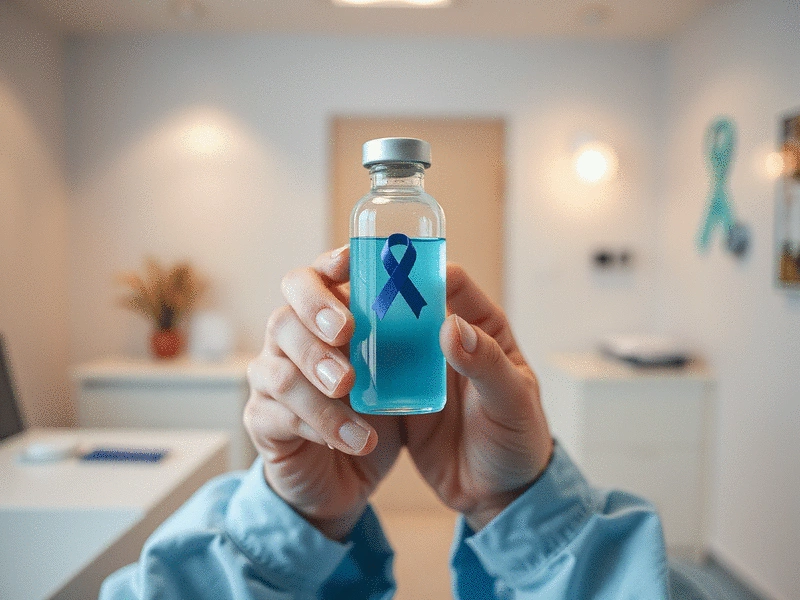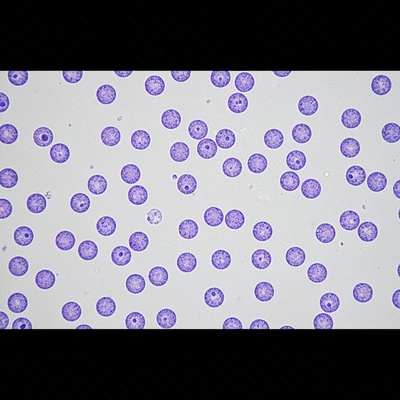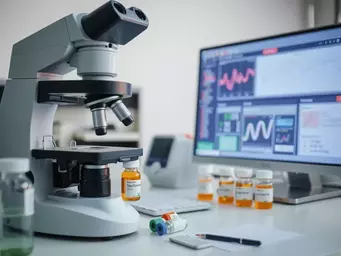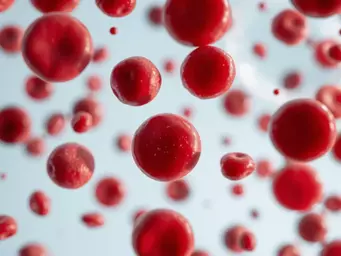Defining ALL & Its Types
Immature White Blood Cells
- Precursor B-cell ALL
- Precursor T-cell ALL
- Burkitt leukemia
- Ph-positive ALL
Understanding the intricacies of Acute Lymphoblastic Leukemia (ALL) can be daunting, but with the right knowledge, you can navigate this journey with confidence. Let’s distill the essential insights that will empower you and your loved ones.
Acute Lymphoblastic Leukemia (ALL) involves complex factors, from its definition and types to the crucial role of genetic mutations. The visual below highlights these elements, emphasizing the distinctions between ALL types, the impact of pathophysiology, and the significance of the Philadelphia chromosome.
Specific mutation where parts of chromosomes 9 and 22 swap places.
Leads to gene fusion causing healthy cells to become cancerous. Influences targeted therapies (e.g., tyrosine kinase inhibitors).
Understanding Acute Lymphoblastic Leukemia (ALL) can feel like navigating a complex maze, but with the right guidance, we can make this journey clearer. This guide aims to empower you with knowledge about ALL, its symptoms, and treatment options. At What Is Leukemia, our goal is to provide you with accurate, compassionate information that demystifies this challenging disease.
Throughout this guide, we'll explore various aspects of ALL, from its definition and causes to the latest treatment options. Remember, you are not alone on this journey; we’re here to help you find clarity and understanding every step of the way!
Acute Lymphoblastic Leukemia (ALL) is a type of cancer that affects the blood and bone marrow, characterized by an overproduction of immature white blood cells, known as lymphoblasts. There are several types of ALL, primarily categorized into acute lymphoblastic leukemia (ALL) and acute myeloid leukemia (AML), depending on the type of cells involved. Understanding these distinctions is crucial for comprehending diagnosis and treatment.
Some common subtypes of ALL include:
Each subtype may require different treatment approaches, which is why early detection of ALL is so important. For more detailed information on ALL and its various forms, you can refer to authoritative sources like Cancer.gov's comprehensive guide on adult ALL treatment. If you suspect that you or a loved one may be experiencing symptoms, seeking medical advice is a vital first step toward understanding your health.
The pathophysiology of ALL involves a complex interaction of genetic mutations and environmental factors that lead to the uncontrolled proliferation of lymphoblasts. This disruption impacts the normal production of blood cells, leading to a deficiency in healthy red and white blood cells, as well as platelets, which can result in various health complications.
Common effects on the body include:
These symptoms highlight the importance of recognizing ALL early and seeking appropriate medical intervention, which can significantly affect treatment outcomes. For a deeper dive into the mechanisms of ALL, the National Library of Medicine provides excellent resources on acute lymphocytic leukemia.
Genetic mutations play a significant role in the development of ALL, with the Philadelphia chromosome being one of the most well-known associated markers. This specific mutation occurs when parts of chromosomes 9 and 22 swap places, leading to the fusion of genes that can cause healthy cells to become cancerous.
Understanding the relationship between genetic factors and ALL is crucial for developing targeted therapies. The presence of the Philadelphia chromosome can influence treatment options, including the use of tyrosine kinase inhibitors as part of the treatment regimen. Research published in the National Center for Biotechnology Information (NCBI) further elaborates on the genetic impact and treatment implications of the Philadelphia chromosome in ALL.
Recognizing the symptoms of ALL can be challenging, as they often overlap with other illnesses. Common symptoms include:
If you or someone you know experiences these symptoms, it’s essential to consult a healthcare professional for further evaluation. Early diagnosis can greatly improve treatment success and outcomes.
When it comes to symptoms, children and adults may experience ALL differently. Children often present with more acute symptoms, such as:
In adults, symptoms may be more subtle and can easily be mistaken for other conditions. It’s vital for both parents and caregivers to remain vigilant about any changes in health, as early intervention is key.
Treatment for ALL, while effective in many cases, can also lead to side effects that vary from person to person. Common side effects of chemotherapy and radiation may include:
Being aware of these potential side effects can help you prepare for treatment and discuss concerns with your healthcare team. Remember, managing side effects is an integral part of the treatment journey!
Understanding the underlying causes and risk factors of ALL can guide prevention efforts and support research initiatives aimed at finding better treatment options. Let’s take a closer look at some of these factors.
Stay proactive in your health journey! Keeping a symptom diary can be incredibly beneficial. Note down any symptoms you experience, their frequency, and any changes. This information can help your healthcare team provide more personalized care and adjustments to your treatment plan.
As we explore the complexities of acute lymphoblastic leukemia (ALL), it's important to hold onto the knowledge we've gained along the way. Understanding ALL not only allows patients and families to navigate the challenges ahead but also empowers them to engage with their healthcare teams effectively. Remember, every bit of knowledge is a tool in your toolbox!
In wrapping up our discussion, I encourage you to reflect on the major points we covered. From recognizing symptoms to exploring treatment options, these insights are invaluable as you or your loved ones face this journey.
Receiving a diagnosis of ALL can feel overwhelming. It's natural to experience a whirlwind of emotions—fear, uncertainty, and confusion. However, I want to reassure you that you are not alone. With the right knowledge and support, you can become an active participant in your care.
By embracing these strategies, you can foster a sense of control over your health. Remember, my mission at What Is Leukemia is to provide you with the resources you need to replace fear with understanding.
Engaging with support groups and information networks can significantly enhance your journey. These resources provide not only valuable information but also emotional support from others who understand what you're going through. Here are some options to consider:
Connecting with others can provide a comforting reminder that you are not alone. Sharing experiences and resources can help reduce feelings of isolation and foster a sense of community.
Clinical trials play a crucial role in advancing our understanding of ALL and improving treatment outcomes. Participating in a clinical trial may offer access to new therapies and contribute to the body of knowledge that can benefit future patients. Here are a few key reasons to consider:
If you're interested in exploring clinical trial options, discuss this with your healthcare provider. They can guide you toward trials that are relevant to your specific situation, helping you take an informed step forward.
Here is a quick recap of the important points discussed in the article:



 When it comes to navigating health concerns like leukemia, knowledge is your greatest ally. Understa
When it comes to navigating health concerns like leukemia, knowledge is your greatest ally. Understa
 As we step into a new era of leukemia treatment, imagine the potential of groundbreaking therapies r
As we step into a new era of leukemia treatment, imagine the potential of groundbreaking therapies r
 In the intricate world of blood cell functions, understanding their roles not only illuminates our b
In the intricate world of blood cell functions, understanding their roles not only illuminates our b
 What if the key to managing leukemia lies not just in conventional treatments, but in a holistic app
What if the key to managing leukemia lies not just in conventional treatments, but in a holistic app